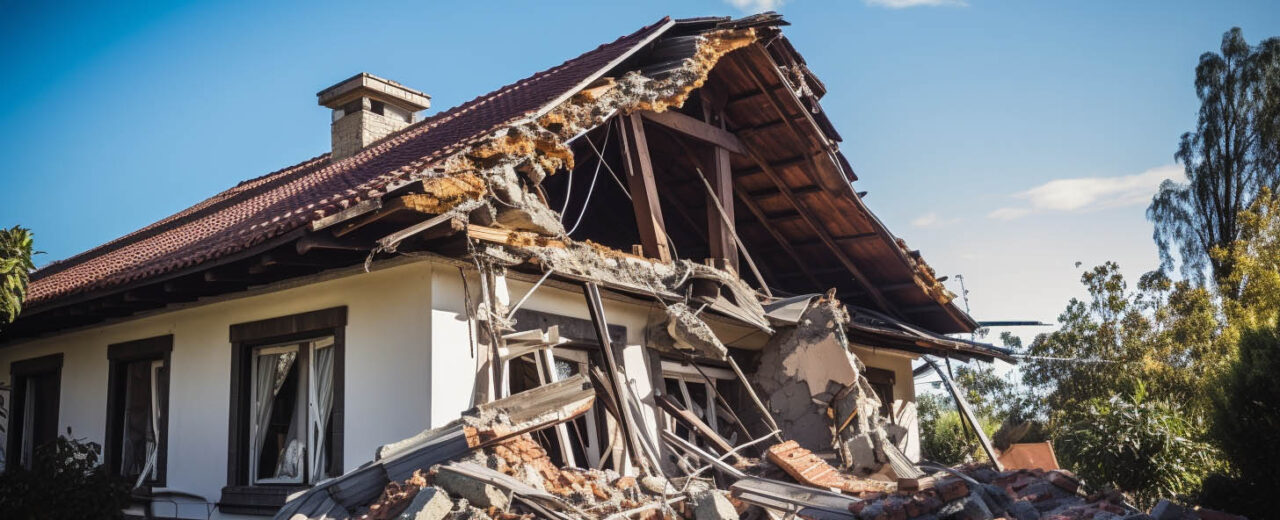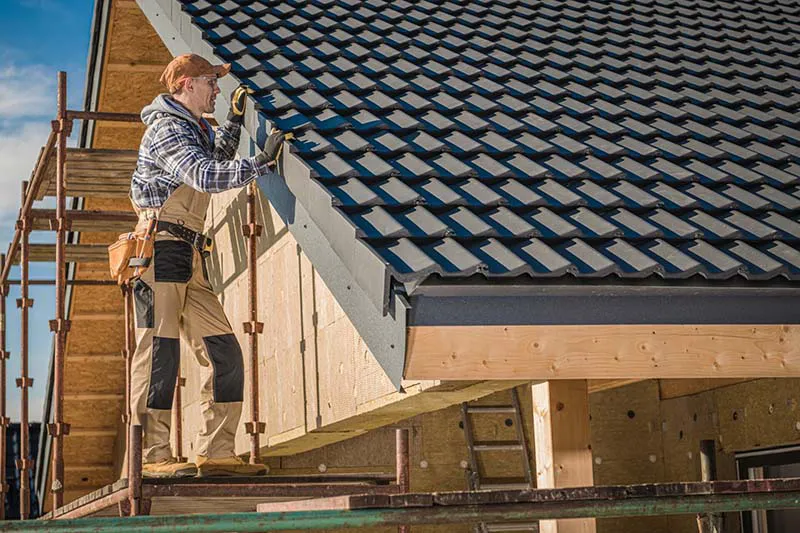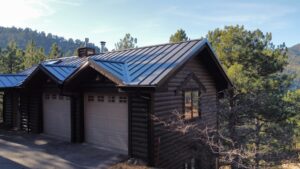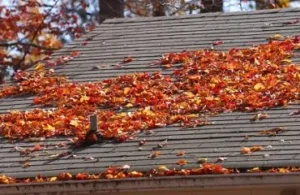When it comes to safeguarding your home against natural disasters, especially earthquakes, the roof plays a pivotal role. As the crown of your home, the roof not only protects against external elements but also contributes significantly to the structural integrity of the entire building. Here, we delve deep into the essentials of earthquake-resistant roofing and how The Roofing Center stands out as a leader in providing top-notch roofing solutions.
Key Features of an Earthquake-Resistant Roof
The primary objective of an earthquake-resistant roof is to minimize the risk of collapse and damage during seismic activities. Here are the crucial aspects to consider:
1. Lightweight Construction
Contrary to popular belief, a heavier roof doesn’t necessarily mean a stronger one. In fact, a lightweight roof can significantly enhance the earthquake resistance of a building. Imagine a house of cards with a heavy object placed on top. The slightest shake can cause the entire structure to collapse. Similarly, a heavy roof acts as a dead weight, making the building more susceptible to side-to-side and up-and-down forces during an earthquake.
2. Structural Enhancements
Beyond the roofing material, certain structural modifications can bolster earthquake resistance:
- Low Roof Slope: A roof slope between three and 15 degrees is recommended for optimal earthquake resistance.
- Roof Blocks: Placing roof blocks between each roof rafter, especially where they join exterior walls, can distribute lateral loads effectively, preventing roof frame rotation.
- Secure Fastening: Ensuring roof rafters are securely fastened to the top of home walls and framed with ridge boards can enhance the transfer of lateral stress loads.
- Seismic Ties: Metal strap connectors, known as seismic ties, can maintain the roof’s structural integrity during seismic shaking.
3. Optimal Roof Sheathing
The roof deck, or sheathing, plays a crucial role in earthquake resistance. Plywood and Oriented Strand Board (OSB) sheathing are recommended for their strength and durability, while particleboard is generally not advised due to its weaker nature.
Performance of Common Roofing Materials
Different roofing materials offer varying levels of earthquake resistance. Let’s explore how they fare:
1. Clay Tiles
While aesthetically pleasing, clay tiles are fragile and can add significant weight to the structure. Their susceptibility to water absorption further increases their weight, making them less ideal for earthquake-prone areas.
2. Asphalt Shingles
These traditional roofing materials can be considerably heavier than alternatives like metal, compromising the structural strength during seismic activities.
3. Wood Shake and Shingles
Although lighter than asphalt shingles or clay tiles, wood shake and shingles offer limited structural reinforcement value due to their small size and susceptibility to environmental wear.
4. Metal Roofing
Metal roofing, especially stone-coated metal roofs, offers a perfect blend of lightweight construction and shear strength. Shear strength is vital in resisting forces that can cause internal sliding, making metal roofs an excellent choice for areas prone to earthquakes, hurricanes, and tornadoes.
The Roofing Center: Pioneers in Earthquake-Resistant Roofing
At The Roofing Center, we understand the importance of a sturdy and reliable roof, especially in regions prone to seismic activities. Our expertise in roof installation in Bozeman and our reputation as one of the best Bozeman’s roofing contractors ensures that homeowners receive the best roofing solutions tailored to their needs.
Whether you’re considering metal roofing in Bozeman MT or exploring other roofing options, trust The Roofing Center to provide unparalleled quality and service. Our commitment to excellence and our deep understanding of roofing dynamics make us a preferred choice among Bozeman’s roofing companies.
Conclusion
Choosing the right roofing material and ensuring structural enhancements can make a world of difference in earthquake-prone areas. As homeowners, it’s essential to be informed and make choices that not only enhance the aesthetic appeal of your home but also ensure its safety and longevity.







